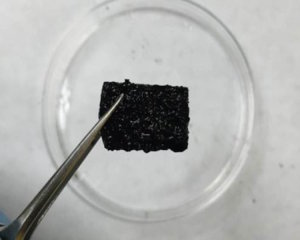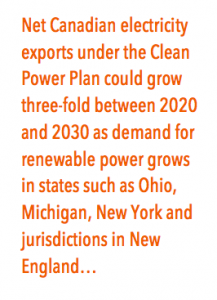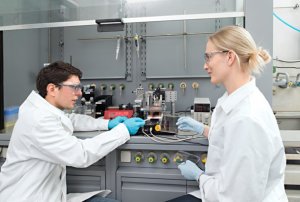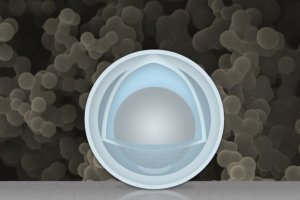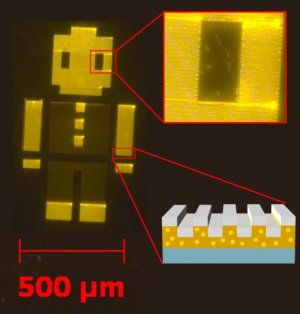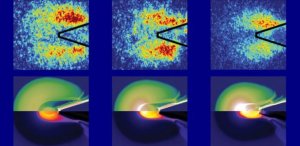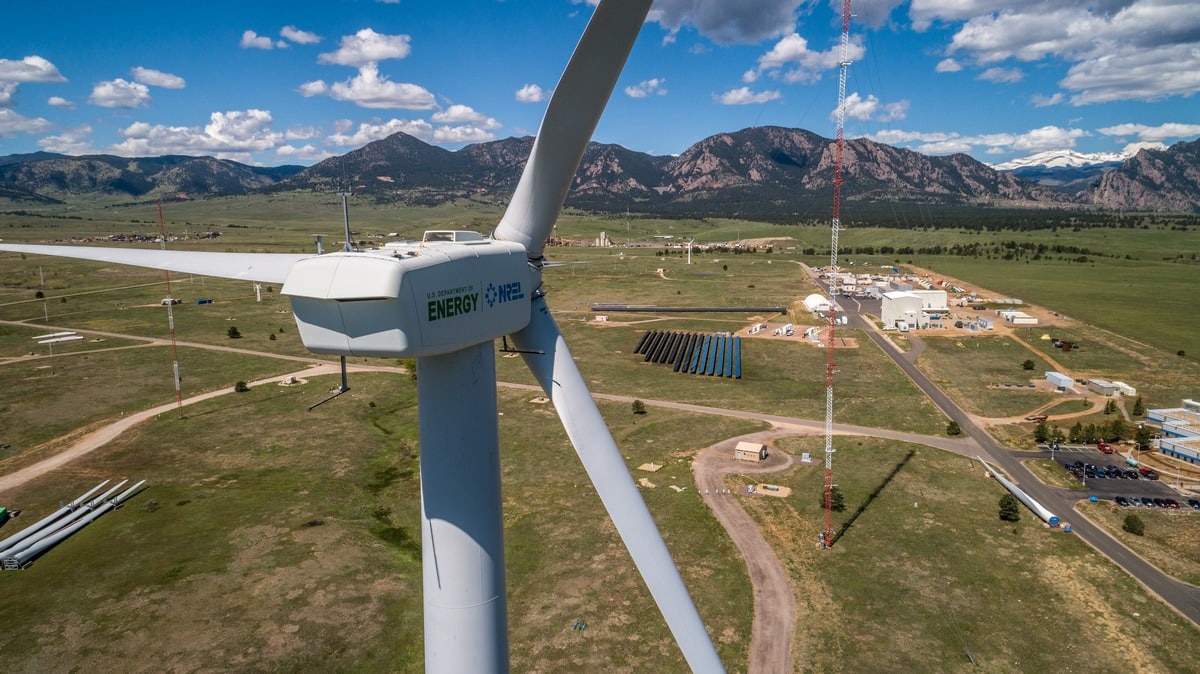Originally published in the Toronto Star tablet edition, Star Touch. By Tyler Hamilton As Canada’s petroleum sector struggles with the reality that sub-$30 (U.S.) oil could be here for some time, the country’s power sector is prepping for a dramatic increase in U.S. demand for clean electricity. Call it a shift from pipelines to power lines. Action on climate change is the reason — more specifically, U.S. President Barack Obama’s Clean Power Plan, which aims to slash carbon dioxide emissions from power plants by a third by 2030. The plan is expected to triple the flow of Canadian electricity into Midwestern and northeastern border states, part of a broader U.S. effort to comply with the international climate obligations that 196 countries agreed to …

